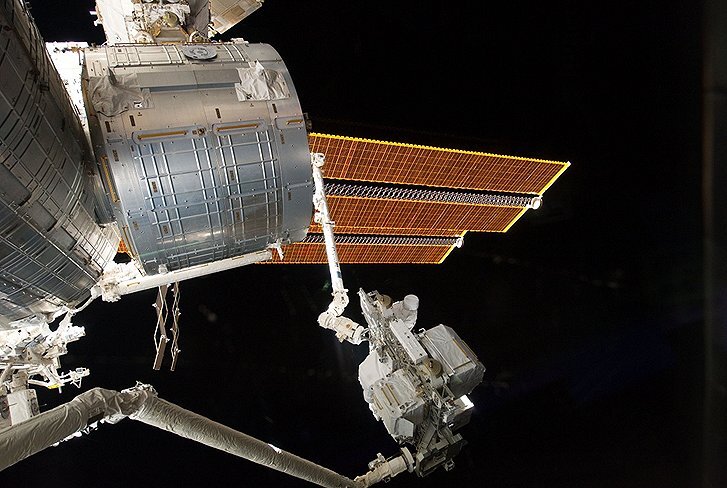The technology that built (and continues to maintain) the International Space Station can now be used to help heal sick children. KidsArm, a robotic arm designed for delicate pediatric surgery, was built by the same companies that are behind the robotic arms used by astronauts to construct the ISS.
"Our tests indicate we can operate on tiny structures such as blood vessels without damaging them," says Thomas Looi, the program director of the Center for Image Guided Innovation and Therapeutic Intervention at The Hospital for Sick Children (SickKids) in Toronto, Canada, where KidsArm is being tested.
"The goal of the robotic arm is to help doctors perform certain procedures many times faster than if they were only using their hands, and with increased accuracy," he continues. "Some of this would be done autonomously. While we are not quite there yet, KidsArm is able to perform three to five suture points autonomously."
KidsArm offers surgeons high-precision real-time imaging and control in specialty procedures such as cardiac surgery, neurosurgery, fetal surgery, and other delicate operations. It has a stereo camera that generates a 3D point cloud. "This is a set of data points that guide the tool tip and apply a series of sutures," Looi explains.
And it uses an image-based tissue-tracking system that draws on the technology behind space robots Canadarm, Canadarm2, and Dextre – all of which had (and still have) a hand in assembling the ISS and in supporting maintenance work.

KidsArm also consists of an external positioning system with an industrial robot of similar scale to a human arm. This external arm is attached to the surgical arm, which is designed to be as small as possible while retaining the necessary dexterity for positioning and deploying the sutures.
It's still in testing at a SickKids research environment, with an academic paper on the technology conceding that KidsArm had some difficulty with one of its test scenarios (while it passed the others with flying colors), and the CIGITI team is exploring ways to further evolve the concept of robotic pediatric surgery. But this collaboration has got neurosurgery chief Dr. James Drake excited about the potential for space technologies created by the likes of Canadian company MacDonald, Dettwiler and Associates (MDA) to enable "the next big leap in less invasive treatment."
KidsArm has the potential to reduce costs and allow earlier, more consistent, and more precise interventions in patients, the CIGITI team suggests, much as the NeuroArm did following its groundbreaking surgery inside an MRI scanner in 2008.
"There are so many ways that station science and technology has and will continue to touch our daily lives," says Gilles Leclerc, director general of Space Exploration at the Canadian Space Agency. "Those of us who work in the space station program are very proud to be making a difference here on Earth."
Source: NASA






